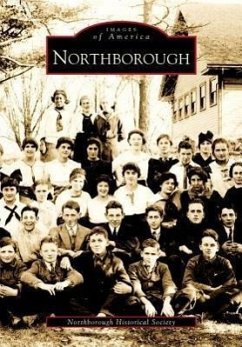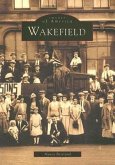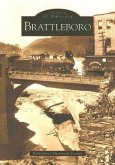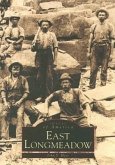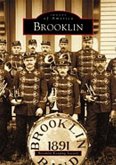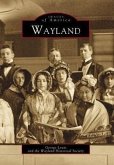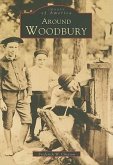Once part of Marlborough and later of Westborough, Northborough declared its independence in 1766, ten years before the American colonies did the same. It has since grown from a country village to a town in little danger of becoming either a city or a suburb. Always alert to the concerns of the larger world, Northborough sees its central location in Massachusetts and New England as presenting both opportunities for its enrichment and challenges to its integrity. The town's accessibility makes it attractive to newcomers, but it has stoutly resisted runaway commercial or industrial development and has striven to remain neighborly. This book, while offering a few glances back at Northborough's first century, concentrates on its second. At the beginning of that century, Northborough built its new town hall not on a church green as before but on the nearby Boston Post Road, thus encouraging a true Main Street. At its end an interstate highway sliced across the town's northern section, thereby redefining that Main Street. Northborough life during that century appears here in all its variety: a people at home, at work, at school, at worship, and at leisure
Hinweis: Dieser Artikel kann nur an eine deutsche Lieferadresse ausgeliefert werden.
Hinweis: Dieser Artikel kann nur an eine deutsche Lieferadresse ausgeliefert werden.

